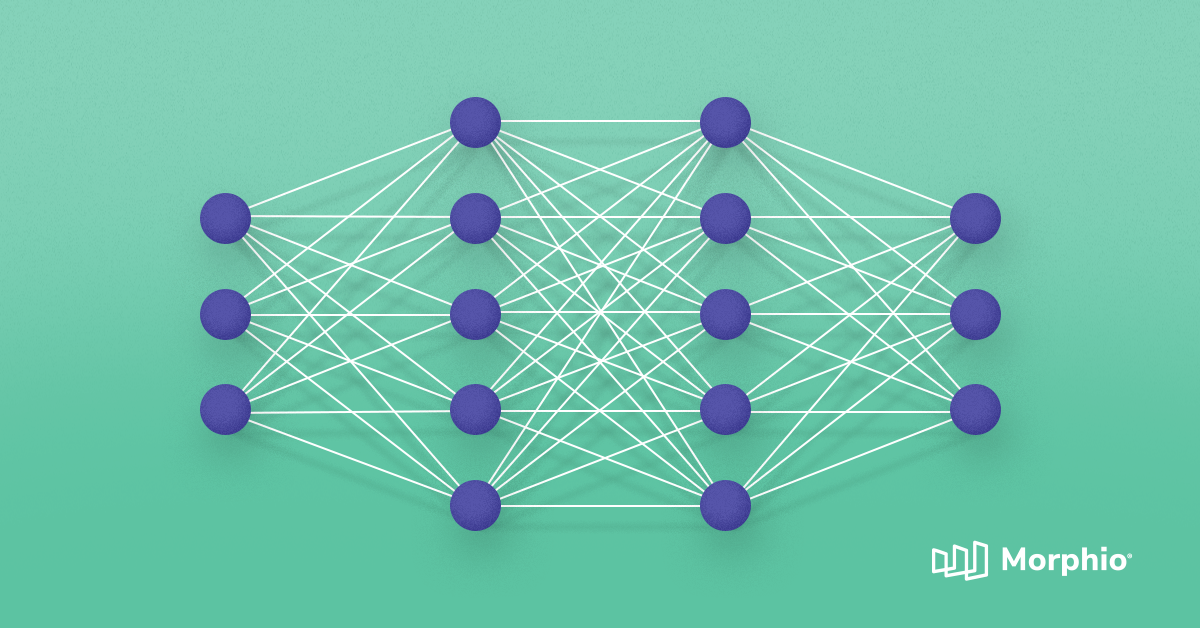
Every business has mountains of data.
However, few know what to do with it let alone predict future outcomes and deliver delightful customer experiences.
But here’s the kicker: according to McKinsey, leveraging customer data increases sales by 85% and gross margins by more than 25%. Are you using yours correctly?
Knowing how and why customers are going to behave enables you to present hyper-targeted products and offers to maximize conversions.
Doing requires two things; the first is predictive software and the second is the know-how to leverage its output.
Today I’m going to further explain what predictive behaviour is, how you can benefit from it, and how to easily apply it. Stick around for a free predictive behaviour cheat sheet too.
What is predictive behaviour in marketing?
Predictive behaviour is the process of understanding what consumers want and need—often before they do.
It’s nothing new, really.
This has been happening since the dawn of time. Marketers have always been trying to maximize revenue and growth by deeply understanding their customer base.
Do you know what separates then from now?
We have the technology to completely automate it lightyears faster than a human can do it.
Predictive behaviour uses something called deep learning; a subset of AI that trains models based on the input it’s given. In this case, customer behaviour and business data.
Datasets are trained to deliver a certain output which is formed into an algorithm. That algorithm processes the input raw data and results in the output.
No more assumptions. No more guesses. No more lengthy experiments. Just practical forecasts of consumer behaviour.
Start Defending Against Marketing Failures Today!
Discover why over a 1000 businesses trust Hawke AI to help protect their marketing ROI.
Request a free trialHow to predict behaviour in marketing
Here’s the fun part: applying predictive behaviour to your marketing campaigns. Follow along with me.
Step 1: choose a predictive marketing software
The first step is choosing and adopting a predictive marketing tool.
It should be able to effortlessly integrate with an existing tech stack and be easy to use by your entire marketing department.
Here’s how to get started with Morphio. Think of it like the Tesla of marketing software: fully automated insights and predictions like a self-driving car.
Once a campaign is set up and you’ve connected other platforms, go to the “Audience Anomalies” section.
Here you will find (and be alerted of) any customer segments that are driving more or less performance than expected.
A great benefit of this is that it prevents you from having to go through data to find segments with your own two hands.
The high performing list shows segments that are outperforming their peers along with their conversion rates. The left side is the opposite: low performing segments that are under-performing.
Click an anomaly to receive more detailed information about the segment. Here is what a high performing audience anomaly card appears like:
The sessions, conversions, and conversion rate followed by categories. You can also see the overall historical performance and anomaly performance on the top graph.
In this instance, you would double-down on the high performing segments while studying what traits and behaviours they commonly have to shape future marketing efforts.
Step 2: let the algorithm develop and forecast
This is the easiest part of the process.
The machine learning algorithm will take the data it receives from your channels and assets to create practical forecasts.
If you are using a supervised machine learning model, you can adjust the output to forecast specific KPIs like:
- Churn and retention.
- Inventory and purchasing times.
- When purchases will occur.
- Where customers will geolocate from.
- What devices customers will shop from.
- Etc.
Unsupervised machine learning software, on the other hand, will take the input and find patterns within the data to give you suggestions and ideas outside of the original scope. Both have their pros and cons you can read more about here.
That brings me to my next step.
Step 3: apply the findings
You have a ton of juicy predictive data at your fingertips. Now what?
Time to start applying the findings to improve campaigns and performance.
There are many ways to do this and it depends on the exact information you collect from the forecasts.
I’ll use a travel company called Zuji as an example.
The brand wanted to create a personalized customer experience based on every user’s individual behaviour to increase engagement and ROI.
They segmented users based on their interests, preferences, and online behaviour. This was combined with searched-for destinations, chosen departure times, languages, and other traits.
Zuji’s predictive system was then able to provide real-time analysis and suggestions to users based on all of these elements.
The result?
An extremely impressive 100x return on ad spend and 14% increase in digital bookings. Hotel and package bookings also increased by 10%.
Depending on the data you collect, you might use predictive behaviour to offer product recommendations, automatically resend monthly subscriptions, or suggest certain content.
Final thoughts on predictive behavioural marketing
Understanding what customers may or may not do is like having a crystal ball.
You can look into the future and adjust marketing campaigns to offer the most relevant experiences and messaging. Conversions, revenue, and other KPIs can increase as a result.
The first step to reaping the benefits of predictive marketing is to select a software. Try Morphio today for free if you don’t have one already.
Integrate your company’s existing campaigns such as Google Ads, Google Analytics, or Facebook Ads.
The software will handle all of the leg work by analyzing real-time performance against historical data to create accurate forecasts.
Use the findings to delegate more effort towards high-yielding products, channels, and audiences.
What are you waiting for? Start using this technology to get ahead of competitors and work more efficiently than ever before.